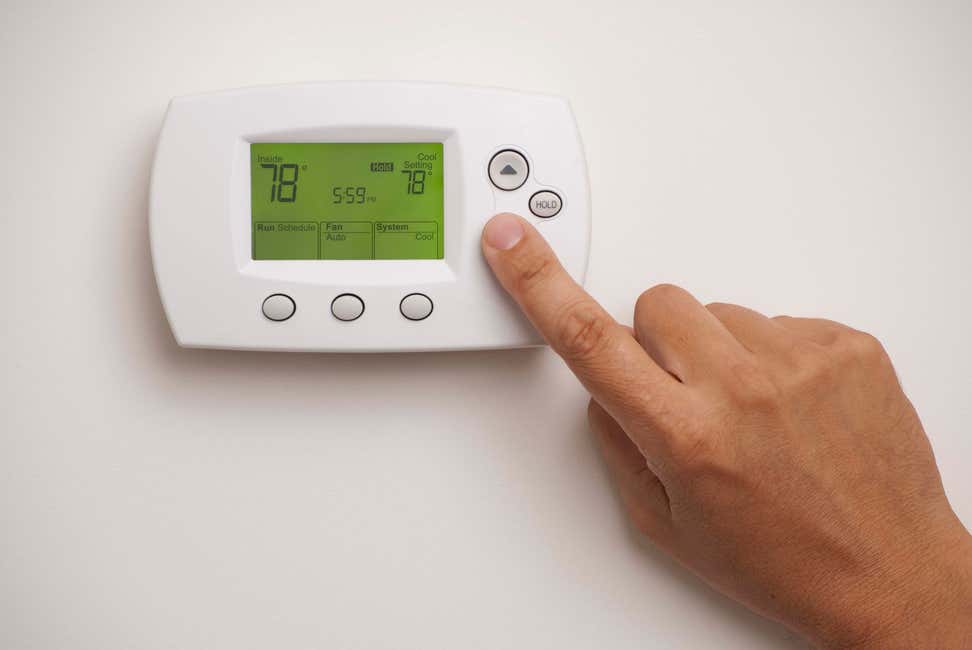Key Takeaways
The Low Income Home Energy Assistance Program (LIHEAP) is only one form of energy assistance available to low-income families.
Weatherization assistance, ratepayer-funded programs, and private fuel funds may also be available to help those with low incomes afford heating and cooling costs.
To find if your area offers a fuel fund, contact your state’s energy department.
Many low-income households struggle to pay for heating and cooling costs, in addition to other household and healthcare expenses. The Low Income Home Energy Assistance Program (LIHEAP), a federally funded benefit operated through the U.S. Department of Health and Human Services’ Administration for Children and Families, is often the first program they turn to for assistance.
However, as a block grant program, LIHEAP is only able to assist a small percentage of eligible households. Once the funds are exhausted, there are no more available until the next appropriations cycle. For your clients who qualify, the following programs may be able to provide assistance with utility costs.
Weatherization Assistance
The U.S. Department of Energy (DOE) Weatherization Assistance Program provides grants to states, territories, and some Indian tribes to improve the energy efficiency of the homes of low-income families. Eligibility guidelines and determinations are made at the state level.
Under DOE guidelines, any household that receives Supplemental Security Income (SSI) or Temporary Assistance for Needy Families is eligible for weatherization assistance. DOE guidelines also mandate that states must give priority eligibility to the elderly, persons with disabilities, families with children, and families with high energy burden or high energy use.
Approved households first receive an energy audit from their local weatherization agency. This audit assesses the home's energy use, and includes an analysis of heating/cooling bills, a test of how much outside air enters the home, and an inspection of all energy equipment.
Once the audit is complete, the auditor/inspector from the local weatherization agency will explain how the work crews will conduct the work. All work is energy-related—e.g., installing insulation, sealing windows and doors, upgrading heating and cooling systems—and does not include new roofing, siding, or similar structural improvements. The average expenditure is $6,500 per home; there is no cost to the household. Weatherization workers typically complete their work in a day or two. DOE estimates that after receiving weatherization, households save on average $283 annually on their heating and cooling costs. Find your state weatherization assistance program.
Ratepayer-Funded Programs
Utility ratepayer-funded programs provide bill payment assistance or energy efficiency services to low-income households. These programs are funded through charges assessed on all or some commercial, industrial, and residential consumers. These charges are sometimes referred to as public goods surcharges, system benefits charges, public benefits fees, universal service fees, universal energy charges, meter charges, etc.
In some states, the ratepayer-funded programs are administered by a state agency, typically the same one that administers LIHEAP and weatherization assistance. Utilities themselves administer the program in other states. Both mechanisms usually have oversight by the regulatory commission.
Ratepayer-funded programs often complement LIHEAP assistance for low-income families. Eligibility requirements vary, so clients should check with the plan in their area for more information and how to apply.
State and Local Funds
Some states and counties use General Assistance, emergency assistance, local tax revenues, or similar funds to supplement federal LIHEAP funding. These funds may help low-income families pay for fuel, utilities, furnace repair, or other charges; some also help households avoid utility shut-offs during summer/winter. States that administer such programs are eligible to receive incentives from the federal government for leveraging non-federal resources for energy assistance, thereby increasing the resources they have to give.
Eligibility criteria vary by state; in some states, applicants must be in a crisis/emergency situation to receive help. State and local energy assistance funding is usually available through the same office that administers LIHEAP. Find your state’s energy assistance director.
Private Fuel Funds
Private fuel funds raise corporate or private monies to support fuel provisions for low-income households. Most fuel funds involve a working relationship between the utilities company and one or more social service organizations, and they maintain their own eligibility guidelines. Fuel funds often help families in crisis or those who otherwise might not be able to take advantage of LIHEAP, enabling them to pay their energy bills or purchase fuel oil, wood, and coal.
One of the most prominent examples of this type of fund is run by Citizens Energy Corporation, a nonprofit that turns revenues from natural gas sales into charitable energy assistance offered in 25 states and the District of Columbia.
To find if your area offers a fuel fund, contact your state’s energy department.





